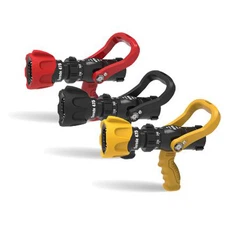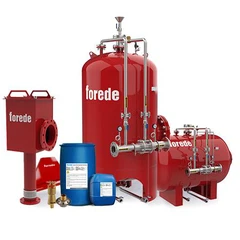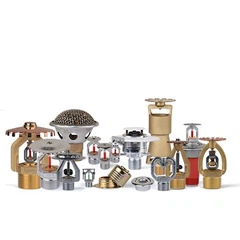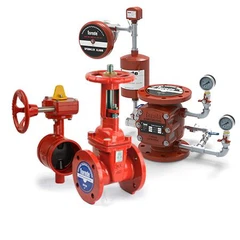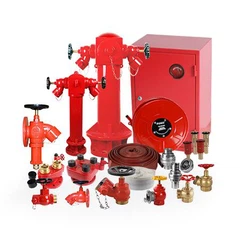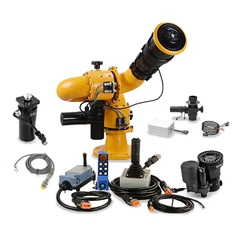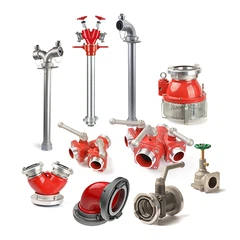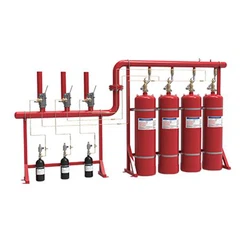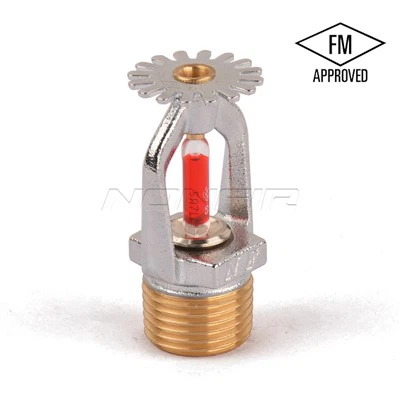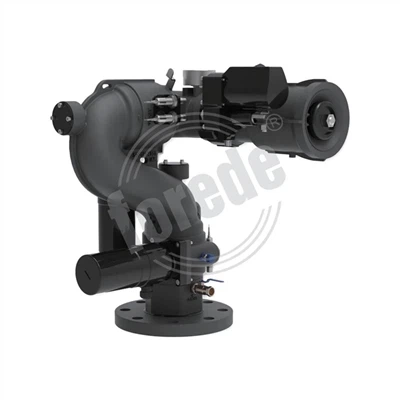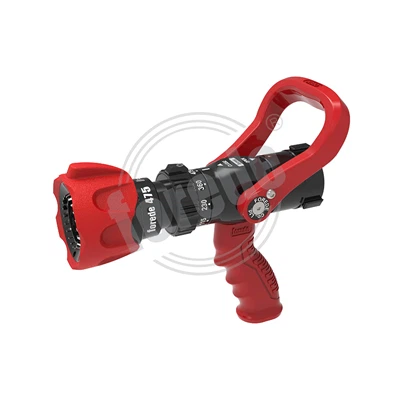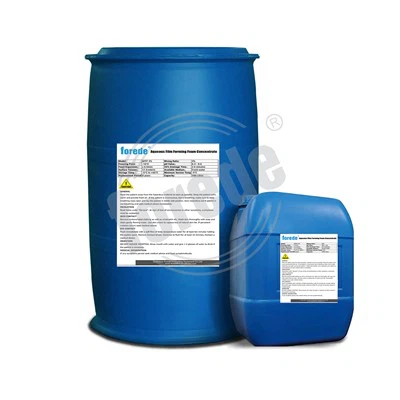What fire hydrant made of:
Fire hydrants are an essential part of any community's fire prevention and suppression system. They serve as a vital resource for firefighters as they help regulate and control the flow of water for firefighting purposes. Fire departments are only as effective as their equipment, and fire hydrants are undoubtedly one of the most crucial pieces of equipment.
Fire hydrants are typically constructed of different materials to withstand the demands of their environment. The main components of a fire hydrant include a valve, a stem or spindle, a bonnet, a barrel, and a head or hydrant outlet. Each of these parts is constructed with materials that have a specific purpose.
The barrel or body of the fire hydrant is the main component that is visible above ground. It is typically made of cast iron or ductile iron, making it strong and sturdy. Cast iron is sturdy, durable, and can withstand high-pressure water flows without deforming or cracking. Ductile iron is a newer technology and has become the preferred material choice because it is more impact-resistant and has superior strength.
The bonnet is the part of the fire hydrant that covers the opening where the hydrant is connected to the water supply. It is usually made of bronze, which is a durable metal that is resistant to corrosion. The bonnet has two separate openings, which allow the firefighters to control the flow of water as required.
The hydrant outlet or head is typically made of bronze or brass, metals that are conductive and resistant to corrosion. Bronze and brass fittings are preferred due to their ability to withstand high-pressure water flows, reduce friction losses, and last an extended period compared to other materials.
The valve of a fire hydrant is responsible for controlling the flow of water from the hydrant. It is typically made of ductile iron or brass since both materials can withstand high-pressure water flows. The valve stem or spindle is essential for opening and closing the valve, and it is usually made of stainless steel or brass.
Fire hydrants typically require routine maintenance since they are exposed to weather and subject to abuse. Maintenance includes flushing of hydrants to remove sediment or debris that may accumulate in the water pipes over time. The surface of the hydrant is also treated with coatings to protect it from the harsh elements it encounters.
In conclusion, fire hydrants are a crucial part of a community's firefighting resources. They are constructed using different materials to provide durability, strength, and resistance to corrosion. Consequently, it is imperative to keep fire hydrants well-maintained to ensure the smooth running of the firefighting system. As we continue to rely on fire hydrants to protect our communities, let us appreciate the material science expertise that has gone into their construction.
FOREDE® products with wide range and include Fire Sprinkler Systems, Fire Nozzles, Fire Monitors, Foam Equipment, Foam Systems, Fire Hydrant &Valves, General Valves, Fire Fittings, Water Delivery Equipment. Fire Fighting Foam and much more. If you have any demands for the fire fighting equipments, welcome to contact FOREDE.
Email: Sales5@forede.com(Seth)
Whatsapp: +86 132 1506 5797

